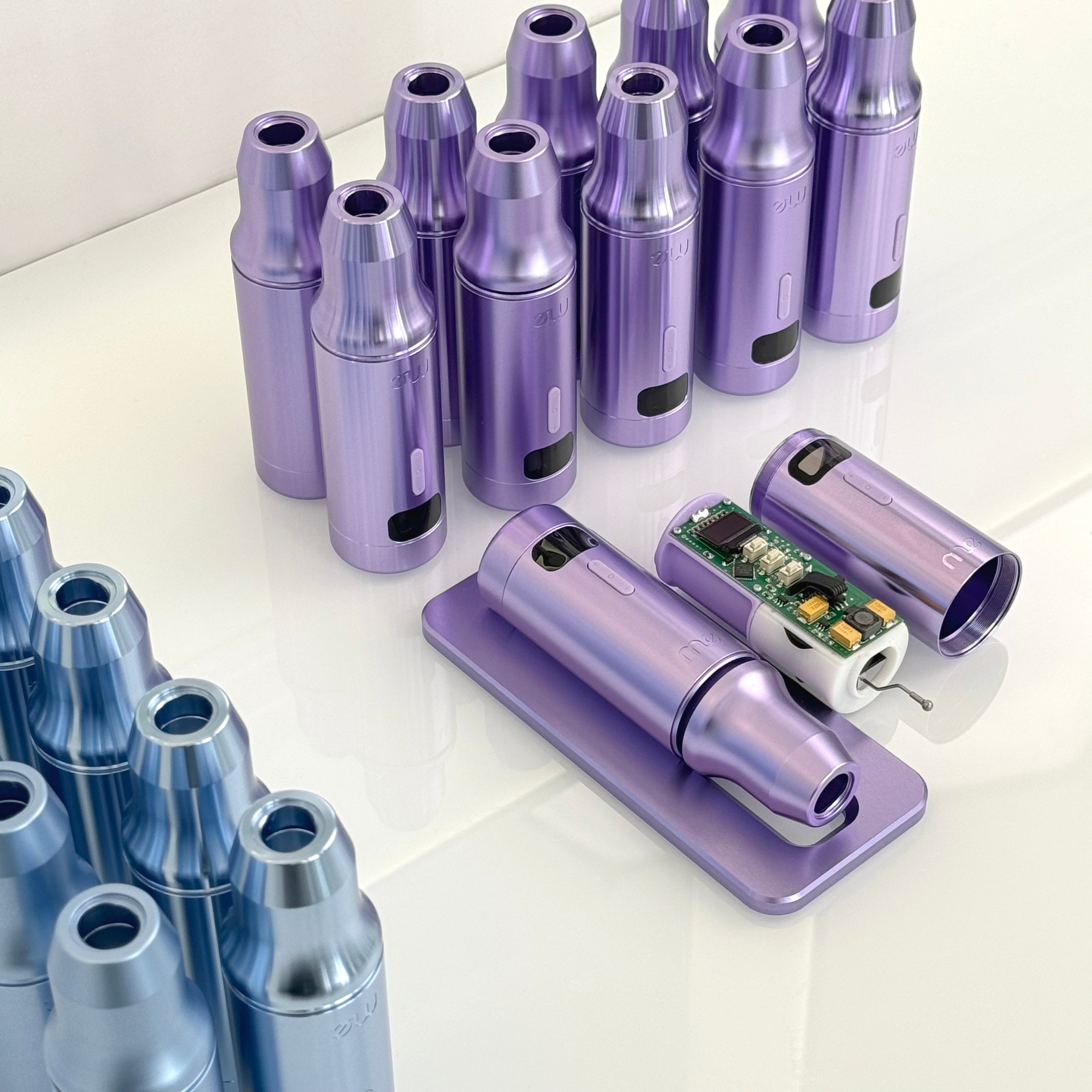We believe you've probably encountered the terms "heavy-handed" or "light-handed" in the context of permanent makeup, as these terms are commonly used to describe the work of artists in the permanent makeup industry.
Light-Handed in Permanent Makeup:
The term "light-handed" refers to individuals who apply pigments in a gentle and subtle manner during the pigmenting procedure. Often, those who work precisely and delicately describe themselves this way, consciously introducing pigment into the skin. However, some who also use this term may work too lightly, resulting in insufficient deposition of pigment into the appropriate layers of the skin. As a result, the pigment remains in the epidermis, leading to poor retention and unsatisfactory healing results.
Heavy-Handed in Permanent Makeup:
Individuals who describe themselves as having a "heavy hand" apply pigments with more pressure, sometimes even more energetically. This approach can lead to more decisive but usually undesirable results, such as over-pigmentation or excessively intense healing. Excessive pressure can result in over-pigmentation, which may require correction or, in the worst case, removal of excess pigment from the skin.
Is There a Golden Mean and How Not to Get Lost:
It is extremely important to understand that each pigment, device, skin type, and age of the client requires a different approach. Awareness and appropriate knowledge of these issues are crucial because they allow for adjusting the pressure, device parameters, and type of pigment to the individual needs of the client. It is also worth using exercises on latex skins, which help to identify errors in technique, preventing their occurrence during work on the client's skin.
Experienced and conscious permanent makeup specialists should be able to develop the right technique, adjusting the pressure and application method depending on the device used, the pigment, and the type and age of the client's skin.
Above all, you must be sure you know what you're doing. If your work seems chaotic, you get lost during pigmentation, and you don't know when to say "stop," it's time to analyze your technique and consider additional refresher training.
Understanding the composition of pigments is very important because there are many brands available on the market that differ not only in shade but also in chemical composition, which can affect the characteristics of their application.
The speed of the device defines the saturation of the dot in our shading movement; the smaller the step, the more visible the pixel. However, it is essential to remember that the speed of our hand in relation to the device must also be properly adjusted. Higher speed allows for achieving fine, satin finishes.
The device's step and machine's softness are also crucial. Therefore, in ME, we aimed to find the best "golden mean." After many trials, we decided on a 3.5 mm step, which proves effective during every pigmenting procedure on every type of skin, regardless of its thickness.









Leave a comment
All comments are moderated before being published.
This site is protected by hCaptcha and the hCaptcha Privacy Policy and Terms of Service apply.